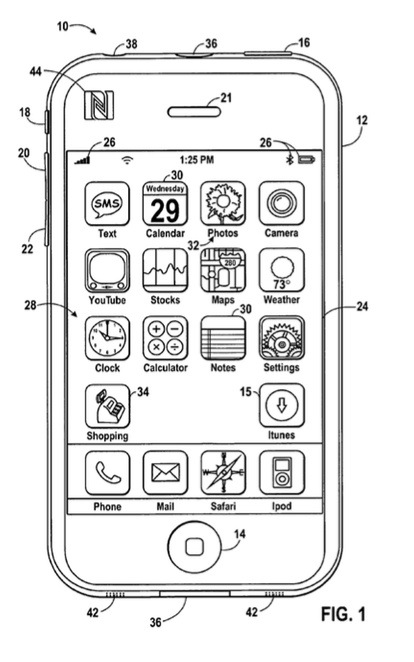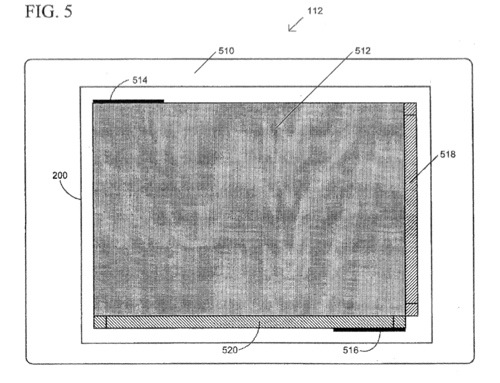Forget the rumored flexible iPhone. Apple has filed for a patent (number 20230055725 A1) for flexible speakers that hints at HomePods and HomePod minis could be bendable, as well as speakers in various other devices.
About the patent filing: In the patent filing Apple notes that consumer electronics are designed in a variety of shapes and sizes with versatility becoming increasingly important in an ever-connected environment. Speakers are typically included with consumer electronics such as head-mounted displays, headphones, smart phones, smart watches, laptops, or other wearable devices.
Apple says that packaging such speakers can be difficult and is driven by the size, shape, and audio capabilities of both the speaker and the electronic device within which the speaker is integrated. The tech giant’s idea is for components such as magnets, diaphragms, and walls of a housing of a speaker that can be flexible and operable in various folded, bent, or curved configurations.
Conversely, the walls of a speaker can include sections coupled by hinges that allow flexibility or deformation of portions of the speaker. In other examples, a speaker can be formed from a flexible substrate and transducers. Apple says that such flexible speakers be implemented in a variety of consumer devices.
Here’s Apple’s abstract of the patent filing: “A speaker includes a housing having walls that define a cavity and a diaphragm covering the cavity and configured to vibrate under application of a magnetic field. The vibration produces sound waves. The walls are configured to deform under bending stress.
“The speaker is configured produce the sound waves both in an undeformed state and in a deformed state. Another speaker includes a flexible layer, a sensor configured to detect a curvature of the flexible layer, and a transducer disposed on and configured to vibrate the flexible layer. The vibrations of the flexible layer generate sound waves and output generated by the transducer is based on the curvature of the flexible layer.”
Article provided with permission from AppleWorld.Today




